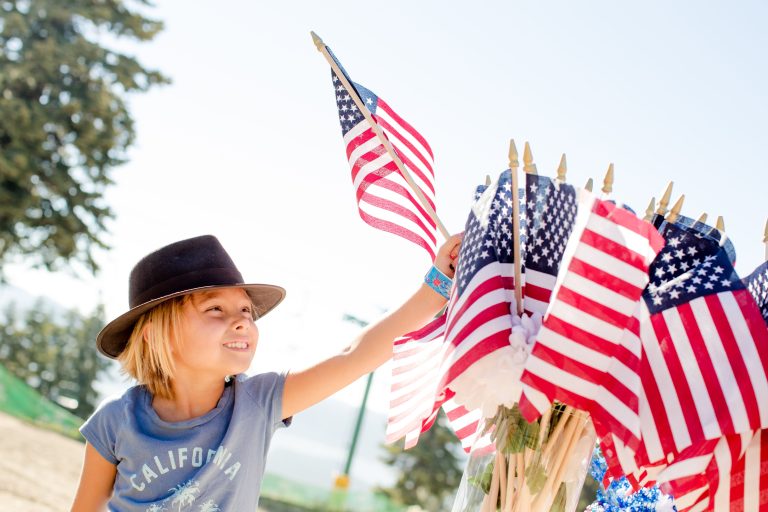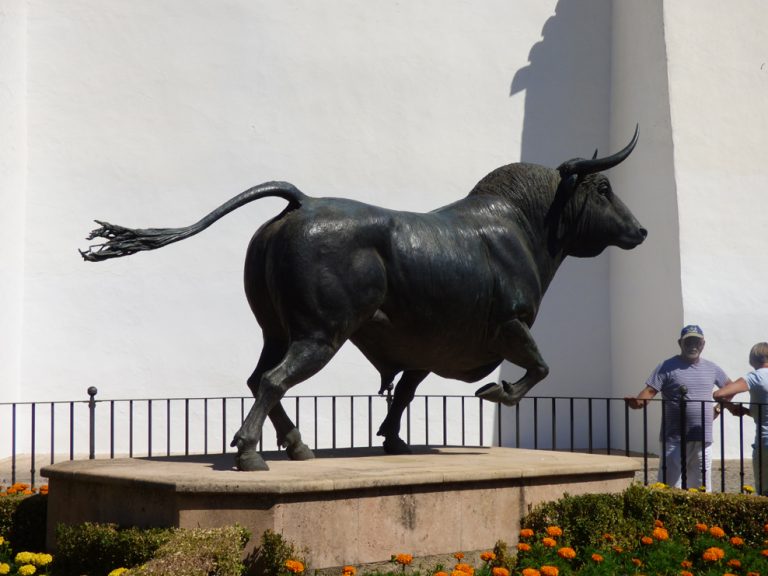Regarding Independence Day, most Americans would agree that we owe our freedom largely to The Declaration of Independence, a document written nearly 250 years ago that officially separated us from England; yet another document may have played a deciding role in the outcome of our struggle for liberty.
At the start of the Revolutionary War, in April 1775, there were still many colonists unconvinced of the need to break from Britain’s rule. With a desire for unity, Thomas Paine published anonymously a persuasive pamphlet called Common Sense in January 1776. The 47 page booklet eloquently addressed human nature, social and philosophical issues, the problems with the monarchy rule, and the promising solution of a republic — elected directly by the people — which would serve as a model for the future.
This document, which sold an estimated half a million copies before the end of the war, helped shape the American identity from that of British colonists bound to British influence, to that of independent citizens of a new country, with bold and distinct characteristics. It motivated people to support the ongoing revolution by pointing out the decided advantages of liberty and the strength of our position, prompting the leaders of the rebellion to issue a declaration of independence.
‘Facts of Our Founding’: A Look Back at the 1776 Commission Report

Independence Day date dispute
While Independence Day is officially celebrated on the Fourth of July, the Continental Congress had already voted and declared independence two days earlier, on July 2, 1776. The Declaration of Independence, however, which had been submitted for review on June 28, was not published until July 4, after various members of Congress contributed to editing, and a professional calligrapher had rewritten it.
John Adams, our first Vice-President and second President, and one of the signers of the Declaration of Independence, wrote to his wife Abigail after the deciding vote, predicting:
Success
You are now signed up for our newsletter
Success
Check your email to complete sign up
“The Second Day of July 1776, will be the most memorable Epocha, in the History of America.—I am apt to believe that it will be celebrated, by succeeding Generations, as the great anniversary Festival. It ought to be commemorated, as the Day of Deliverance by solemn Acts of Devotion to God Almighty. It ought to be solemnized with Pomp and Parade, with Shews, Games, Sports, Guns, Bells, Bonfires and Illuminations from one End of this Continent to the other from this Time forward forever more.”
It is said that Adams felt so strongly about the true date of Independence being July 2 that he refused to participate in July 4th celebrations right up to his death on July 4, 1826.
Though Adams didn’t get his way with the date, his vision that July 4 would be a day of joyous celebration did come to pass. Much later, humorist Erma Bombeck would note:
“You have to love a nation that celebrates its independence every July 4, not with a parade of guns, tanks, and soldiers who file by the White House in a show of strength and muscle, but with family picnics where kids throw Frisbees, the potato salad gets iffy, and the flies die from happiness. You may think you have overeaten, but it is patriotism.”

The legendary Liberty Bell
The popular tourist attraction in Philadelphia — originally known as the State House Bell — was rung on July 8, summoning people to hear the first public reading of the Declaration of Independence; but it only gained fame some 70 years later, due to a short fictional story which depicted the bell being rung by an elderly bellringer on July 4, as a direct result of the congressional vote for independence.
The existing Liberty Bell is actually a third installation, the first being cracked shortly after its arrival in 1752 and then twice recast. While there is no conclusive data on the origin of the iconic crack in the current bell, legend has it that it cracked while tolling for Chief Justice John Marshall’s funeral in 1835. It is also possible that it suffered earlier fractures that only gradually became visible.
The bell was hidden in a church in Allentown, PA for protection from the British troops, who occupied Philadelphia from the Sept. 1777 until June 1778.
The bell’s inscription; “Proclaim Liberty Throughout All the Land Unto All the Inhabitants thereof,” later lent itself to the abolitionist and women’s suffrage movements, making the bell a symbol of freedom, and earning it its current name.
As an annual tradition, the Liberty Bell is tapped 13 times on July 4th by descendants of those who signed the Declaration of Independence.

Faith and freedom go hand in hand
In the founding of this nation, faith in God was a dominant consideration on many fronts. The very reason many of our ancestors — and even current citizens — fled to America was to escape religious persecution. In fighting for freedom from the monarchy, the colonists adopted the motto “No king but Jesus.” After winning our right to liberty, powerful spiritual beliefs were expressed by our founding fathers in various ways.
For starters, the Declaration of Independence states, “…that all Men are created equal, that they are endowed by their Creator with certain unalienable Rights…” further mentioning God no less than four times.

When the Founders encountered trouble with writing the constitution 11 years later, Benjamin Franklin, the least religious of the lot, asked how they had forgotten to seek help from God:
“In the beginning of the contest with Great Britain, when we were sensible of danger, we had daily prayer in this room for divine protection. Our prayers, Sir, were heard, and they were graciously answered. All of us who were engaged in the struggle must have observed frequent instances of a superintending Providence in our favor.”
He continued, “I have lived, Sir, a long time, and the longer I live, the more convincing proofs I see of this truth — that God governs in the affairs of men. And if a sparrow cannot fall to the ground without His notice, is it probable that an empire can rise without His aid?”
“The Declaration of Independence! The interest which in that paper has survived the occasion upon which it was issued; the interest which is of every age and every clime; the interest which quickens with the lapse of years, spreads as it grows old, and brightens as it recedes, is in the principles which it proclaims.”
President John Quincy Adams
Regarding the constitution, the Founders deemed religious faith imperative for its success. James Madison reminded us “before one can be a member of civil society, one must be subject to the Governor of the Universe,” while John Adams wrote that “Our Constitution was made only for a moral and religious People. It is wholly inadequate to the government of any other.”
A simple pledge to the flag, written in 1885 by a Union Army officer after the Civil War, read “We give our heads and our hearts to God and our country; one country, one language, one flag.” A later version was written by Baptist minister Francis Bellamy in 1892, which was eventually adopted as the “Pledge of Allegiance” in 1945. This was revised in 1954, to include the phrase “under God,” borrowed from Abraham Lincoln’s Gettysburg Address.
In 1956, President Dwight Eisenhower approved a law passed by Congress that required all U.S. money to include the words “In God We Trust.”

Flash mob for the Fourth
The flash mob is an American invention, created in 2003 by senior editor for Harper’s Magazine, Bill Wasik, who devised the first spontaneous performances in New York City as a social experiment. The gatherings are arranged through (often anonymous) digital communication with instructions for action. They usually last no longer than 10 minutes, and the individuals disperse before the police arrive to address the disruption.
While there have been incidents of violence, most flash mobs are joyful, moving, inspiring, or all three, as in the case of the patriotic band that took over a supermarket in Cape Cod in 2011.














